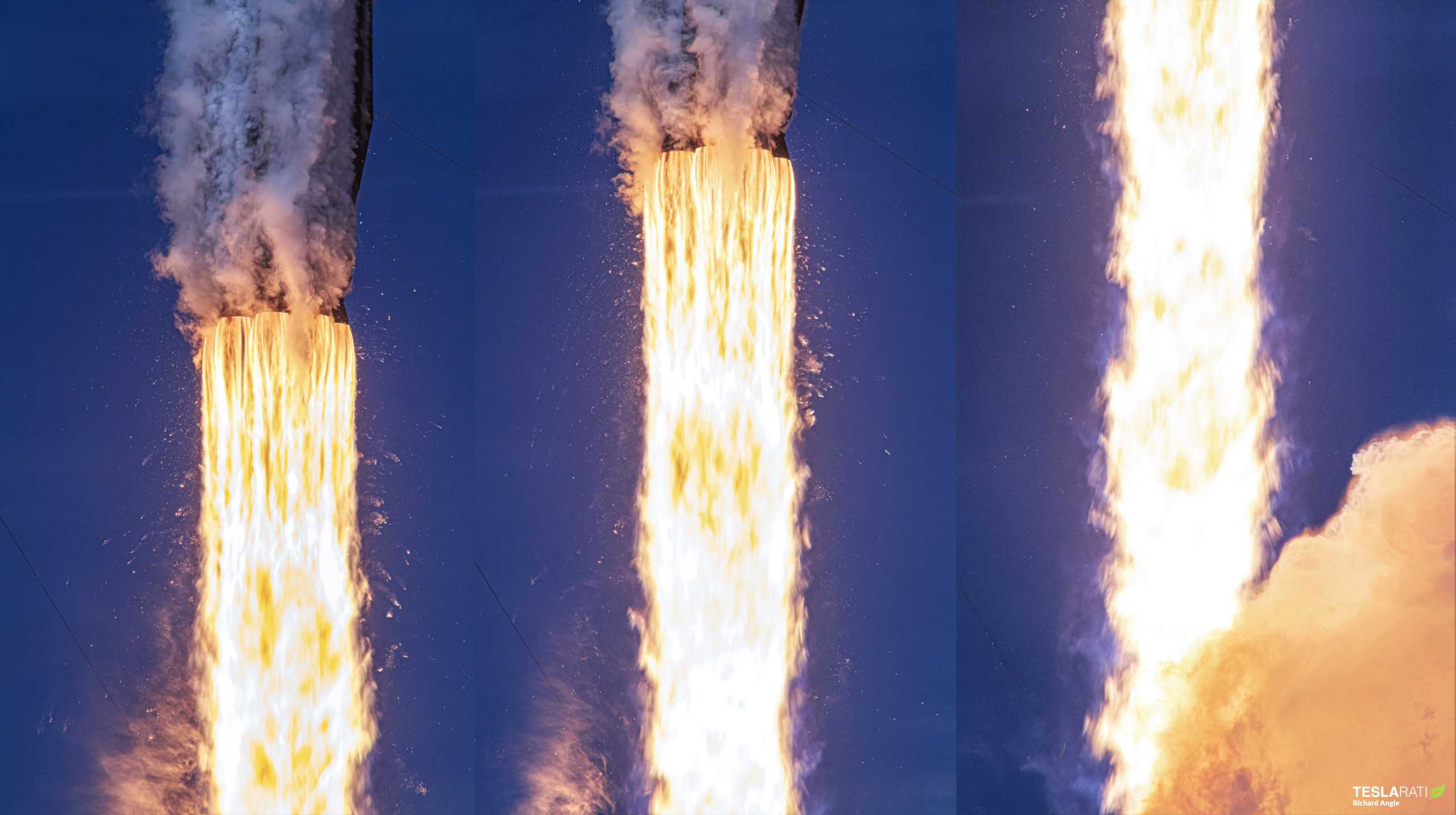
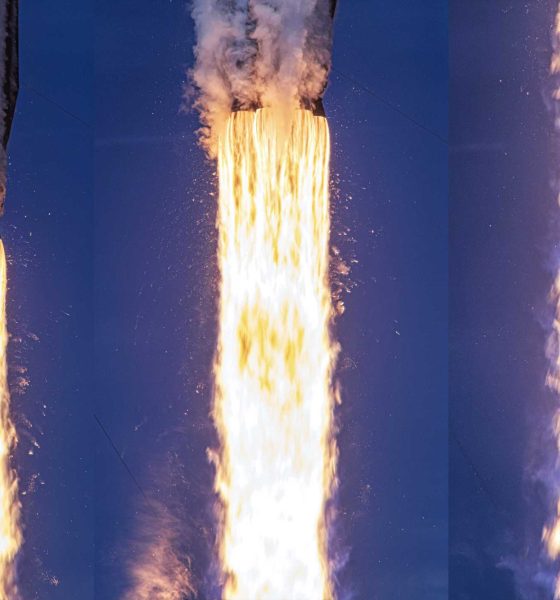
News
SpaceX still eyeing back-to-back East and West Coast launches this weekend
Update #2: SpaceX’s Starlink-15 launch has slipped to Sunday, November 22nd, roughly 36 hours after Sentinel 6A’s scheduled November 21st launch.
Update: Three days later, there’s still a chance that SpaceX will be ready to attempt back-to-back East and West Coast Falcon 9 launches on Saturday, November 21st, potentially launching twice in exactly ten hours if schedules hold.
On the West Coast, a new Falcon 9 rocket has successfully completed a routine static fire test and is likely just hours away from rolling out to SpaceX Vandenberg Air Force Base (VAFB) Space Launch Complex 4E (SLC-4E). The rocket is scheduled to place the international Sentinel 6A oceanographic satellite into a polar orbit, followed by booster B1063’s first landing attempt at Landing Zone 4 (LZ-4).
On the East Coast, Falcon 9 and 60 more Starlink v1.0 satellites went vertical at SpaceX’s Cape Canaveral Air Force Station (CCAFS) Launch Complex 40 (LC-40) pad. It’s unclear if SpaceX will perform a prelaunch static fire test despite the fact that the Starlink-15 mission will be booster B1049’s seventh flight – a first for SpaceX and orbital-class reusable rocketry.
Oddly, SpaceX has yet to update its website with details or confirmation of the two back-to-back launch attempts, raising the possibility of one or both being delayed, but hardware at the pad remains an unequivocal confirmation that at least one of the missions is close to liftoff. As usual, whenever Sentinel 6A and Starlink-15 do launch, SpaceX will host an official webcast on its YouTube channel.
SpaceX appears to be on track to attempt two separate Falcon 9 launches and landings within the same ten-hour, also marking the company’s 14th Starlink mission this year and first West Coast launch in a year and a half.
After overcoming a range of minor issues, replacing two Falcon 9 booster engines, effectively reactivating a dormant orbital launch complex, and doing all of the above to a standard capable of satisfying NASA’s strict expectations, SpaceX is officially set to launch the Sentinel 6A oceanography satellite no earlier than (NET) 9:17 am PST (16:17 UTC) Saturday, November 21st. The twist: Falcon 9 will be launching from Vandenberg Air Force Base (VAFB), California for the first time since June 2019.
Meanwhile, back on the East Coast, SpaceX has successfully completed Crew Dragon’s operational astronaut launch debut, clearing the company to focus on its third November mission – Starlink V1 L15. Set to be SpaceX’s 14th dedicated Starlink launch in 2020 alone, Starlink-15 is currently scheduled to lift off NET 10:17 pm EDT (03:17 UTC) on November 21st – coincidentally exactly ten hours of Falcon 9’s Sentinel 6A launch.
SpaceX’s Sentinel 6A launch will debut new Falcon 9 booster B1063, first spotted on its way from the company’s McGregor, Texas test facilities to VAFB in late August. Unfortunately, when Falcon 9 booster B1062 suffered a last-second abort on October 2nd, the Merlin 1D booster engine issue ultimately deemed responsible for the anomaly was also traced back to B1061 and B1063.
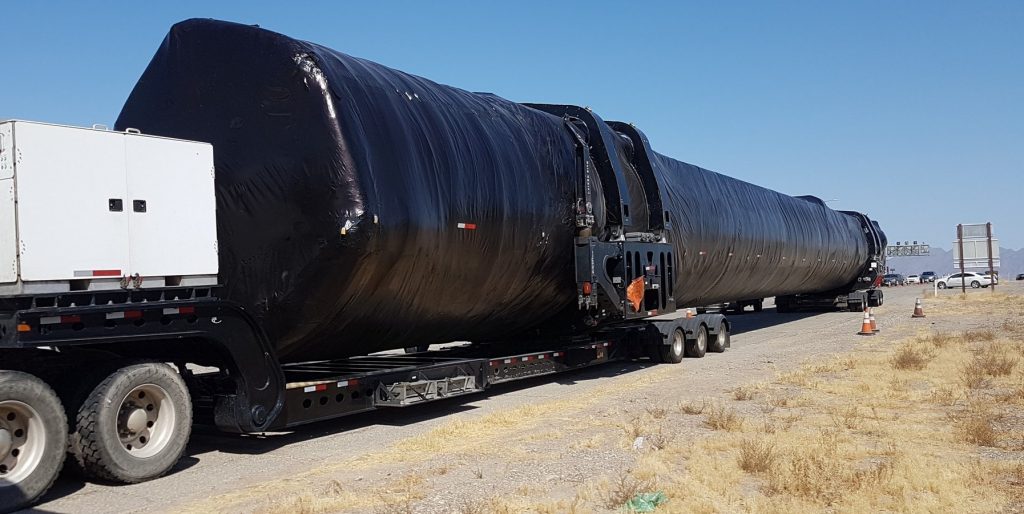
As a result, SpaceX chose to replace an average of two Merlin 1D engines on each of the three boosters in a process that took several weeks. Additional difficulty was added due to the fact that all three new boosters were assigned to high-profile missions for exceptionally strict NASA and US military customers, necessitating extra caution and verification. Regardless of the hurdles, SpaceX managed to complete an entire complex rocket engine anomaly investigation in less than six weeks, determining the root cause, replicating the failure mode with individual engine static fires, replacing multiple engines on multiple boosters, and recertifying all three boosters for their respective flights.
Falcon 9 B1062 successfully launched the US military’s GPS III SV04 satellite on November 5th, followed by Falcon 9 B1061’s flawless four-astronaut launch on November 15th. Of the three impacted boosters, only B1063 remains and is scheduled to launch just four days from now. Barring surprises, all three will likely support one or several dozen more launches in the coming years.
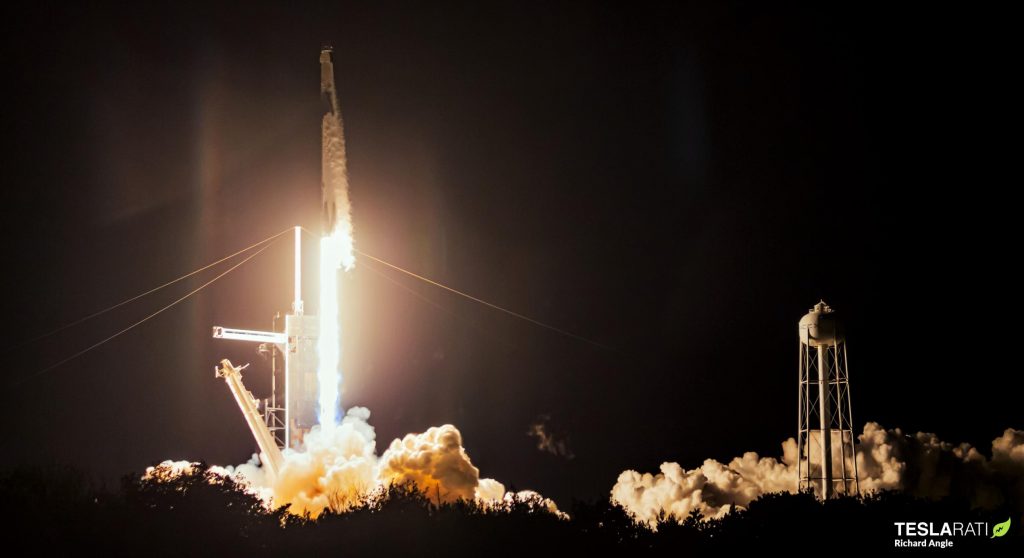
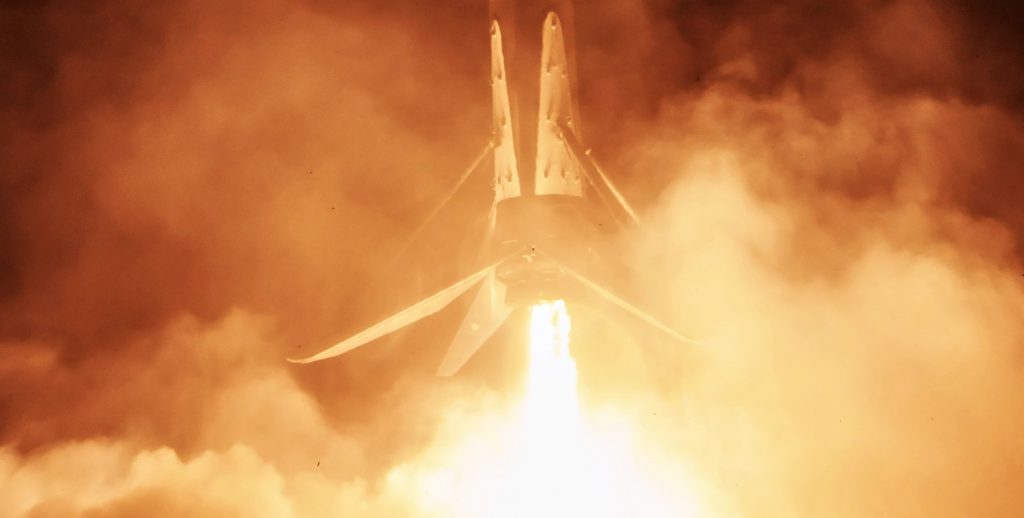
Meanwhile, SpaceX’s November 21st Starlink-15 launch is expected to feature Falcon 9 B1049 in what will become the first time the same rocket booster flies for the seventh time. In essence, if successful, Starlink-15 will effectively mean that SpaceX is 70% of the way towards achieving its longstanding goal of ten launches per booster.
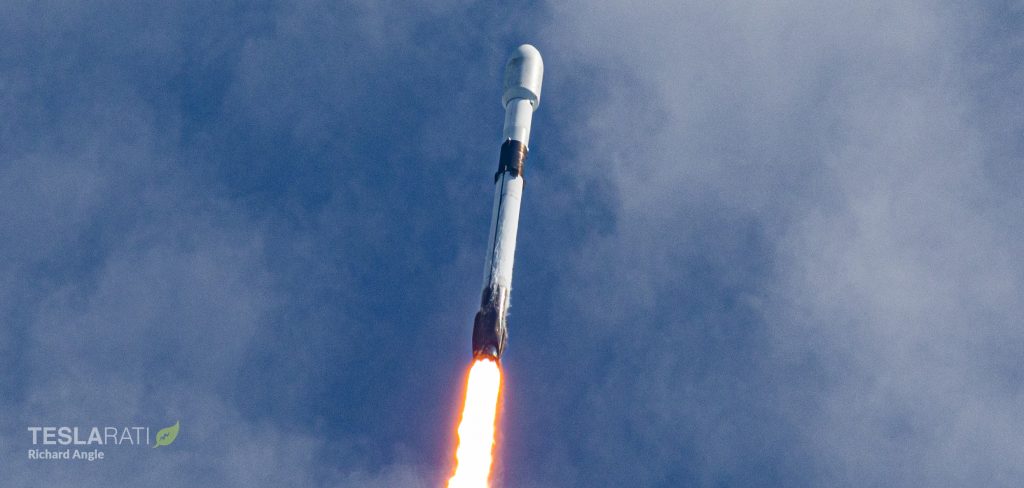

News
Tesla on track to break Volkswagen’s historic record in Norway: report
As per Elbil Statistik, Tesla reached 26,127 Norwegian sales so far this year, without counting 13 imported Cybertrucks.
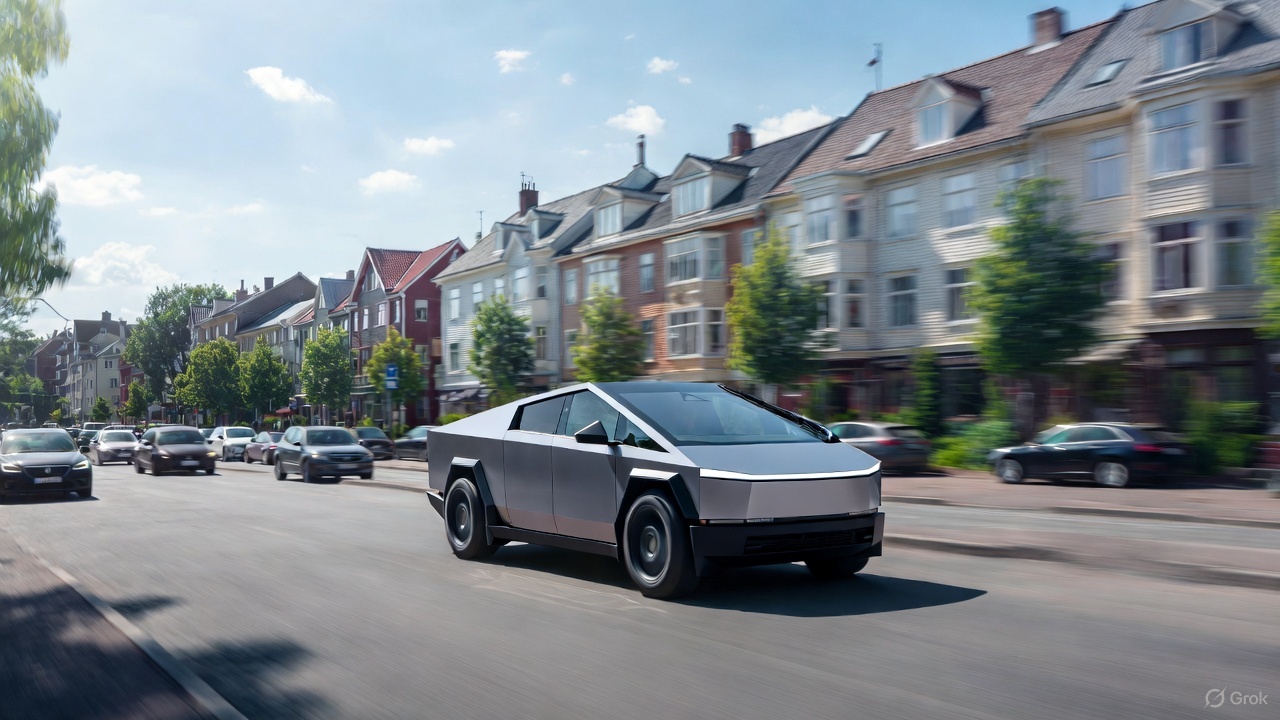
Tesla is surging towards a historic milestone in Norway this month, putting the company on track to break Volkswagen’s long-standing annual sales record in the country.
With 3,732 units sold in November alone and more than 26,000 delivered year-to-date, Tesla is poised to become one of the most successful car brands in Norway’s modern automotive history.
Tesla closes in on Norway’s all-time sales record
Norway’s demand for Tesla vehicles has intensified as drivers attempt to beat the incoming VAT changes on electric cars. Once the VAT changes take effect, the best-selling Model Y could become 50,000 kroner more expensive, as noted in a CarUp report. This has likely caused a rise in sales for Tesla in the country as of late.
As per Elbil Statistik, Tesla reached 26,127 Norwegian sales so far this year, without counting 13 imported Cybertrucks. This places the brand just hundreds of units away from surpassing Volkswagen’s 2016 record of 26,572 annual registrations. With one month left in 2025, it seems all but certain that Tesla will overtake Volkswagen’s all-time record in Norway.
Tesla sees challenges in Sweden
While Norway is delivering historic results, Tesla’s Swedish performance has moved in the opposite direction. Registrations have dropped 68% this year, totaling just 6,147 vehicles so far. November has seen only 291 deliveries, highlighting challenges in the domestic market’s momentum.
Tesla Sweden is also still dealing with an increasing number of union-backed protests and blockades. Despite the pressure, however, Tesla Sweden has maintained its stance, IF Metall union chair Marie Nilsson to urge Elon Musk to reconsider his perception of organized labor. She also stated that Swedish unions are not like their American counterparts, as they are not as combative.
News
Tesla Full Self-Driving lands in a new country, its 7th
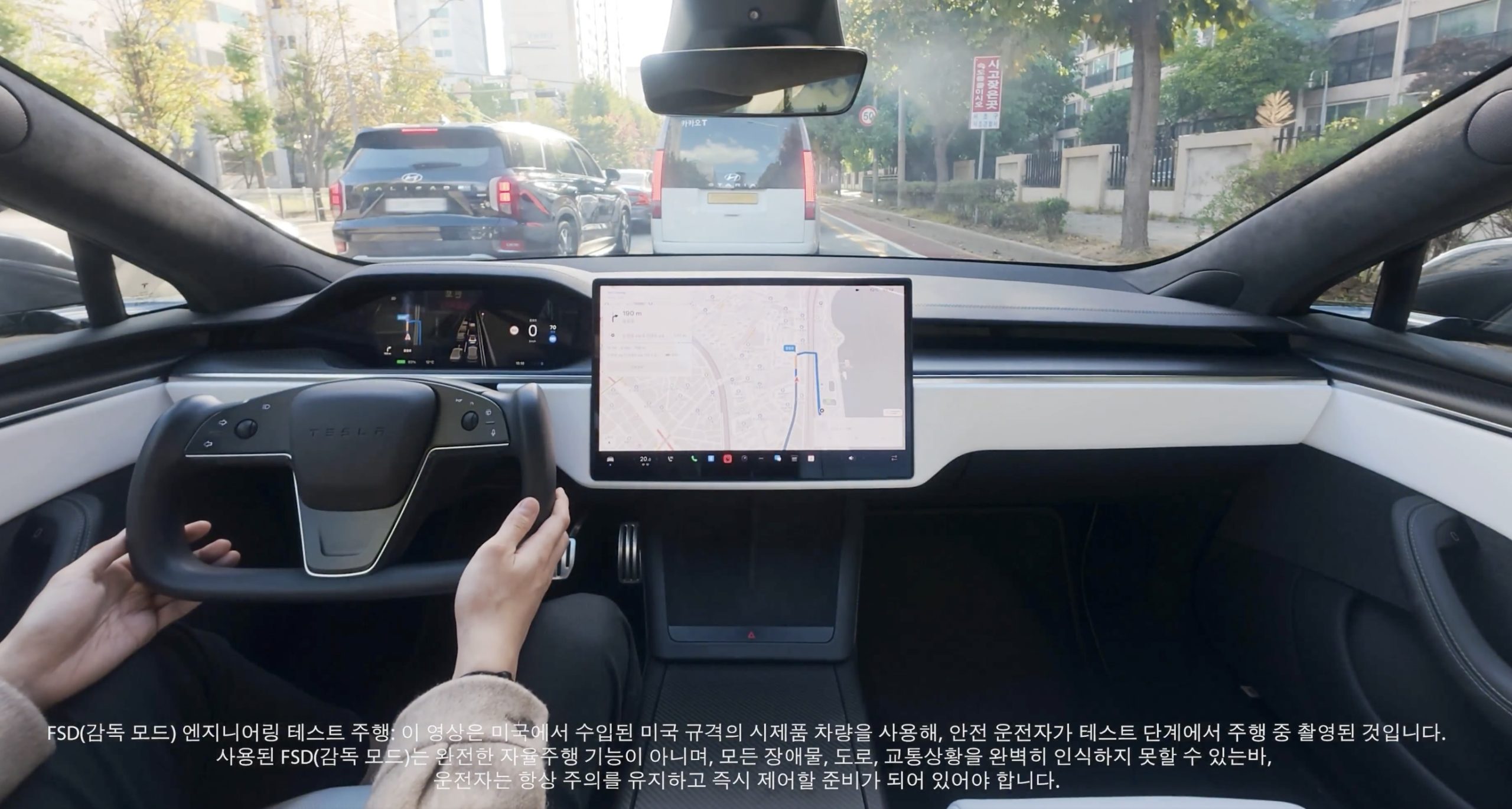
Tesla Full Self-Driving has officially landed in a new country today, its seventh overall after it launched in both Australia and New Zealand earlier this year.
On Sunday, Tesla owners in South Korea reported that the company’s Full Self-Driving (Supervised) had started arriving in their vehicles. Owners reported that it was v14.1.4, which is not the latest version available in other countries, but is one of the most recent releases Tesla has deployed to drivers:
From 6 to 7
Tesla Full Self-Driving has launched in South Korea; the 7th country to have FSD https://t.co/X6gm1SyoxV
— TESLARATI (@Teslarati) November 23, 2025
This marks the seventh country in which Tesla has enabled its Full Self-Driving suite, following the United States and Puerto Rico, Canada, China, Mexico, Australia, and New Zealand.
Tesla launched Full Self-Driving most recently in Australia and New Zealand about three months ago. The expansion is a major breakthrough for the company as it aims to launch Full Self-Driving on a global scale.
However, the company’s biggest challenge thus far has been getting European regulatory agencies to handle the red tape that has inhibited Tesla from launching its semi-autonomous driving suite on the continent. Recently, it admitted that it sees a pathway through Dutch regulatory bodies, which seem to be the most willing to work with Tesla to get FSD in Europe.
Tesla Full Self-Driving appears to be heading to Europe soon
The company said that it has driven over 1 million kilometers safely on European roads across 17 different countries in internal testing. But its path to success will be by “partnering with the Dutch approval authority RDW to gain exemption for the feature. This involves proving compliance with existing regulations (UN-R-171 DCAS) + filing an exemption (EU Article 39) for yet-to-be-regulated behaviors like Level 2 systems off-highway, system-initiated lane changes with hands-off the wheel, etc.”
Perhaps the expansion into Europe will be the biggest challenge for Tesla, but it could also yield major results and advantages for the company moving forward. Tesla said it hopes to have FSD available in Europe sometime early next year.
For now, the expansion in South Korea is the latest win for Tesla and its self-driving efforts. In the U.S., it now turns its focus toward fully autonomous operation, as it works with state agencies to launch Robotaxi outside of Texas, California, and most recently, Arizona.
Elon Musk
Tesla CEO Elon Musk teases insane capabilities of next major FSD update

Tesla CEO Elon Musk teased the insane capabilities of the next major Full Self-Driving update just hours after the company rolled out version 14.2 to owners.
Tesla Full Self-Driving v14.2 had some major improvements from the previous iteration of v14.1.x. We were on v14.1.7, the most advanced configuration of the v14.1 family, before Tesla transitioned us and others to v14.2.
However, Musk has said that the improvements coming in the next major update, which will be v14.3, will be where “the last big piece of the puzzle finally lands.”
14.3 is where the last big piece of the puzzle finally lands
— Elon Musk (@elonmusk) November 21, 2025
There were some major improvements with v14.2, most notably, Tesla seemed to narrow in on the triggers that caused issues with hesitation and brake stabbing in v14.1.x.
One of the most discussed issues with the past rollout was that of brake stabbing, where the vehicle would contemplate proceeding with a route as traffic was coming from other directions.
We experienced it most frequently at intersections, especially four-way stop signs.
Elon Musk hints at when Tesla can fix this FSD complaint with v14
In our review of it yesterday, it was evident that this issue had been resolved, at least to the extent that we had no issues with it in a 62-minute drive, which you can watch here.
Some owners also reported a more relaxed driver monitoring system, which is something Tesla said it was working on as it hopes to allow drivers to text during operation in the coming months. We did not test this, as laws in Pennsylvania prohibit the use of phones at any time due to the new Paul Miller’s Law, which took effect earlier this year.
However, the improvements indicate that Tesla is certainly headed toward a much more sentient FSD experience, so much so that Musk’s language seems to be more indicative of a more relaxed experience in terms of overall supervision from the driver, especially with v14.3.
Musk did not release or discuss a definitive timeline for the release of v14.3, especially as v14.2 just rolled out to Early Access Program (EAP) members yesterday. However, v14.1 rolled out to Tesla owners just a few weeks ago in late 2025. There is the potential that v14.3 could be part of the coming Holiday Update, or potentially in a release of its own before the New Year.








